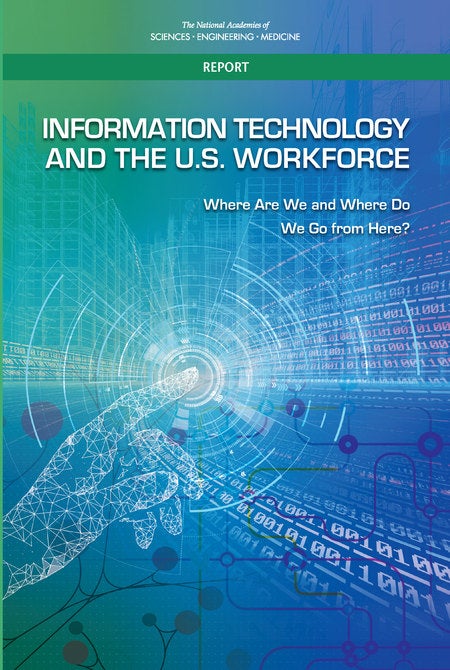Lost amidst the debate over a possible government shutdown are the many ways that we depend on the federal government to provide data. The Bureau of Labor Statistics (BLS) provides the American public, researchers, and policymakers with information that is essential to helping us understand how the economy and work are changing. If we want to anticipate disruptions and opportunities created by the rise of technology and the independent workforce, the BLS needs additional resources.
The nature of work is changing. Growing numbers of Americans are working independently, performing short-term, project-based work outside of a traditional, stable employment relationship. This growth is, in part, due to the development of new technologies, such as the iPhone and improved mapping systems, that have fueled the creation of companies that have changed the way we shop, eat, travel, and accomplish basic tasks. The development of the on-demand economy has added new ways for freelancers or independent contractors to find work, but the number of Americans that are finding work through apps is still not well known.
The Department of Labor is responsible for tracking changes in the U.S. workforce. In the past, the BLS used the Contingent Worker and Alternative Work Arrangement Supplement (CWS) to the Current Population Survey (CPS) to provide additional information about non-traditional work. The BLS conducted a CWS in May 2017, and it expects to publish its findings this spring. This will be the first such report since 2005. Results may reflect the work of Professors Lawrence Katz and Alan Krueger, whose survey found that workers engaged in “alternative” arrangements accounted for 94 percent of net employment growth in the U.S. economy between 2005 and 2015. Given the dramatic and rapid rate of change, policymakers cannot afford to wait 13 years for another study. If government policy is to respond to the challenges of the new American economy, the BLS must conduct far more frequent surveys of the independent workforce.
Another important trend impacting the workforce is the increasing importance of skills and training. Technological developments, including the increased use of automation and digitalization, are changing and raising the skill requirements of many U.S. jobs, creating an unprecedented new demand for worker training. But there is evidence that businesses are actually providing less – rather than more – training to their workers. For example, the Council on Economic Advisers found that from 1996 to 2008, the percentage of workers receiving employer-sponsored or on-the-job training fell 42 percent and 36 percent, respectively. Unfortunately, our ability to respond effectively to this trend is hampered by a lack of data. The CEA study was based on the Survey of Income and Program Participation (SIPP). SIPP only provides information on the percentage of workers trained in the last 12 months. It offers no information on the kind of training, the level of business investment in training, or in which industries the decline in training has been the steepest. A comprehensive study of worker training has not been administered since the BLS Survey of Employer-Provided Training (SEPT) in September 1995 – over 22 years ago.
New data is critical to better understanding the different types of work that are being performed and how employers are investing in training for their workers. On Capitol Hill, there has been bipartisan support for this effort. In October 2017, a group of U.S. Senators – including Sen. Cassidy (R-LA), Sen. Gillibrand (D-NY), Sen. Warner (D-VA), and Sen. Young (R-IN) – wrote to encourage the BLS to make the CWS a permanent biennial survey. A letter issued by the New Democrat Coalition in the House also provided support for a permanent CWS. In addition, in March 2016, Sens. Warner and Warren led 13 of their colleagues in pushing to fund the SEPT. And today, Congressman Darren Soto introduced bipartisan legislation which authorizes the Department of Labor to work with businesses and educational institutions to create a report analyzing the future growth of artificial intelligence and its impact on the American workforce.
We hope that when a final budget agreement is reached, policymakers will find a way to provide regular funding for these important surveys. Consistent access to better data is critical to developing effective, responsive policy solutions to help workers and businesses succeed in the changing 21st century economy.



